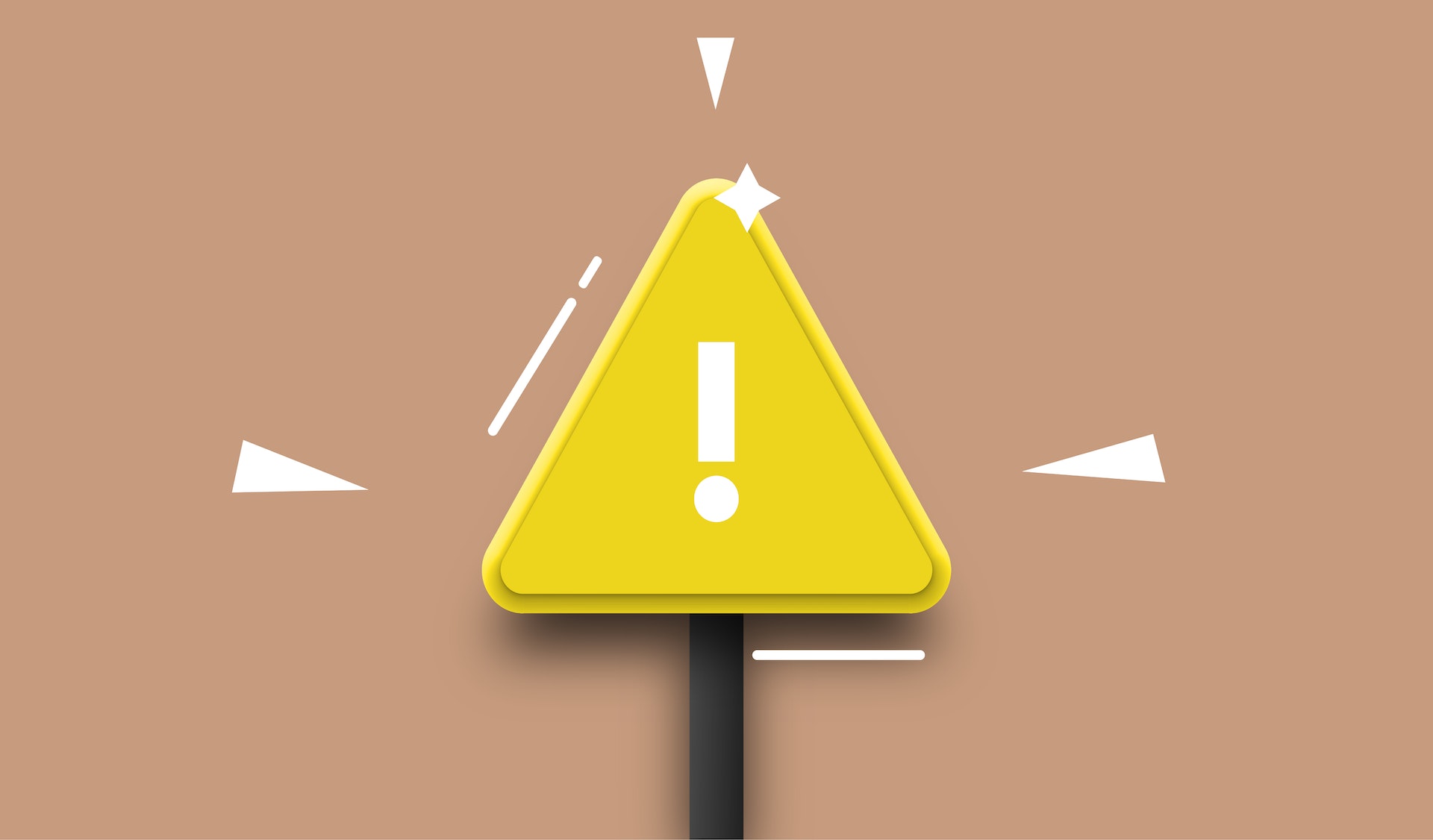When you run a business, you have the responsibility to ensure the health and safety of everyone who steps on-site – from your staff to your customers and any other visitors.
One of the potential dangers many businesses have to deal with is hazardous substances, which can include everything from paint thinners and solvents to wood dust and drain cleaners. If your business involves the use of any hazardous substance, it’s important that you take the appropriate steps to analyse potential risks and introduce safe working procedures that will minimise the danger.
With that aim in mind, read on for some vital information you need to know when it comes to working with and handling hazardous substances.
You Must Be Aware Of The Dangers – And Responsibilities
Some businesses, particularly smaller enterprises, may not necessarily be aware of the risks involved in some of the substances they use, for example, paints or cleaning products. As a result, they may not conduct the relevant safety assessments or introduce strict substance-handling procedures. This lack of knowledge, and the subsequent relaxed attitude it may engender toward potentially toxic substances, increases the potential for something to go wrong. It also means you are not abiding by the law and could face a serious penalty.
To avoid any repercussions, it’s important that you evaluate which substances your business uses that are classified as hazardous. In doing so, you can begin taking the appropriate precautions.
Arrange A COSHH Assessment
According to the law, any business which uses a hazardous substance must conduct a COSHH risk assessment, which can be carried out by a designated ‘competent person’ within your team. The aim of the assessment is to evaluate the current substances used and their handling and to find ways to reduce the associated risk. For example, as part of your assessment, you could determine whether your business actually needs to use all of the chemicals and other hazardous substances you currently employ. If they are not absolutely essential, perhaps you can reduce or even eliminate their usage altogether.
If that’s not possible, then the next step is to determine what control procedures you can put in place to minimise any risk and ensure the safety of anyone involved in the use of those substances.
How To Control Exposure
If there is no avoiding the use of hazardous substances in the course of your business procedures, then it’s vital that you control the exposure of your employees to those chemicals.
There are a number of ways you can do this, including:
- Improving and maintaining ventilation systems.
- Partially or fully enclosing the area where the hazardous substances are used.
- Provide safety data sheets for each substance so employees are aware of the potential dangers and what to do if they begin to feel the effects.
- Where exposure cannot be adequately controlled, provide appropriate PPE, such as protective clothing and dust masks.
Taking the right steps to minimise the usage of hazardous substances, and to protect anyone who may come into contact with them, is absolutely essential for your business. This is not just to help you stay on the right side of the law, but also to protect the people who work for you and ensure their continuing well-being.
















